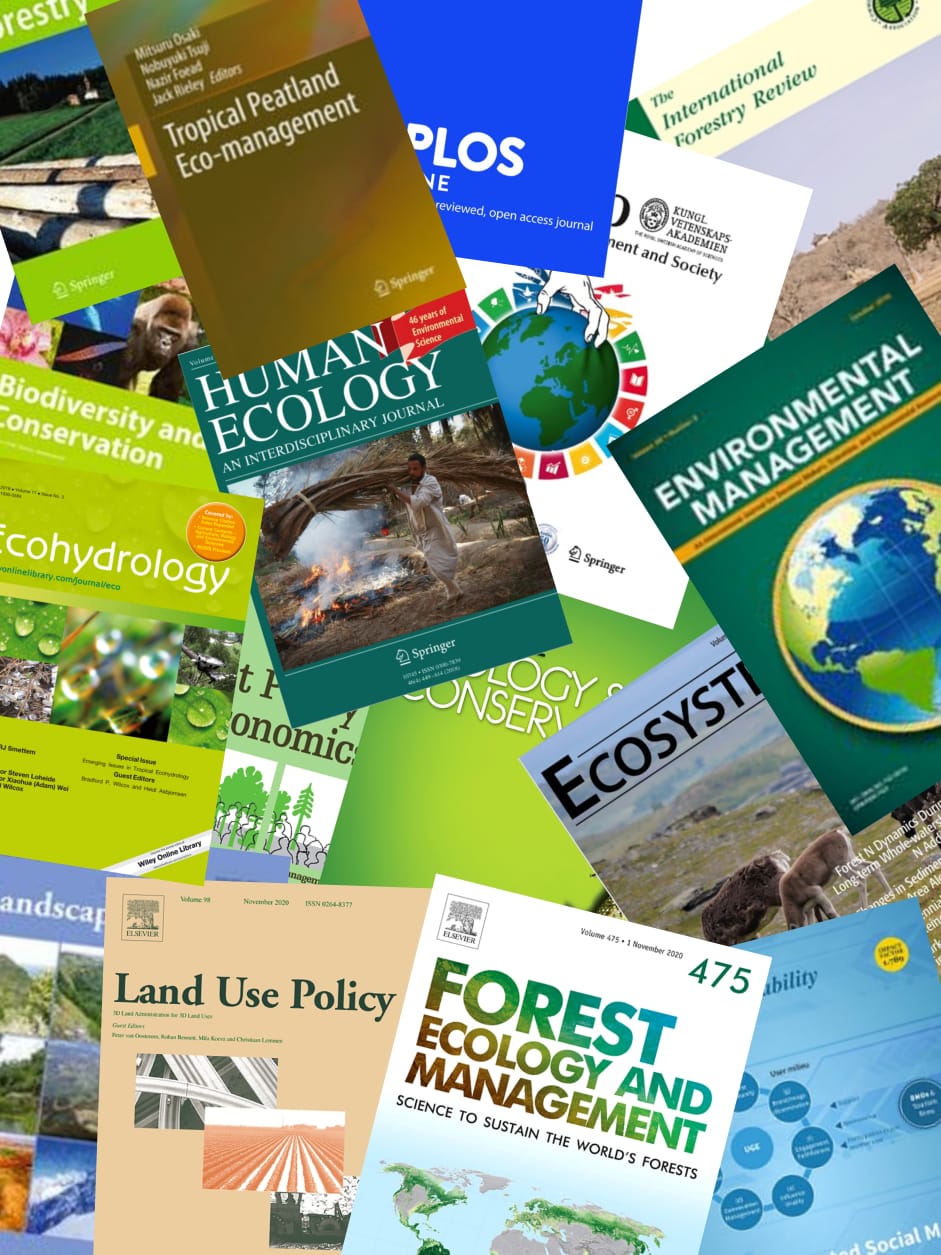Significant areas of native forest in Kalimantan, on the island of Borneo, have been cleared for the expansion of plantations of oil palm and rubber. In this study multisource remote sensing was used to develop a time series of land cover maps that distinguish native forest from plantations. Using a study area in east Kalimantan, Landsat images were combined with either ALOS PALSAR or Sentinel-1 images to map four land cover classes (native forest, oil palm plantation, rubber plantation, non-forest). Bayesian multitemporal classification was applied to increase map accuracy and maps were validated using a confusion matrix; final map overall accuracy was >90%. Over 18 years from 2000 to 2018 nearly half the native forests in the study area were converted to either non-forest or plantations of either rubber or oil palm, with the highest losses between 2015 and 2016. Trending upwards from 2008 large areas of degraded or cleared forests, mapped as non-forest, were converted to oil palm plantation. Conversion of native forests to plantation mainly occurred in lowland and wetland forest, while significant forest regrowth was detected in degraded peatland. These maps will help Indonesia with strategies and policies for balancing economic growth and conservation.
View source

